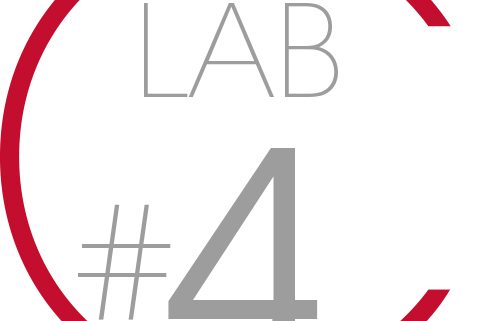Warm Up: How to catalogue your products
In this training session we are going to analyze an aspect that may seem to be of a strictly technical-logistical character but can also serve to identify potential markets, complete profit and cost assessments and gauge the competition.
Why should you catalogue your products? And what is the Harmonized System?
In order to get a better idea of the importance of cataloguing exports we can use a very simple example.
Your company has selected a product to export. OK. First step done!
You’ve identified one or more promising target markets. Not bad!
You’ve worked out a method for entering the market and a price policy. That’s good too.
You’ve organized the logistics for transportation and delivery to the destination. We’re almost there!
But what happens if the customs authorities in the country you are exporting to considers your product differently from you? They could unexpectedly classify it using a secondary (in your eyes) feature and consequently apply particularly high customs tariffs. This very often occurs as a means of protecting local industry. Everything would have to change and to do this afterwards would be difficult. The prices have been set and agreements made with the distributors and final customers!
Although such discrepancies between countries may always occur, the Harmonized System (HS) has enabled this problem to be drastically reduced by classifying goods on an international level. In short, a large majority of the countries engaged in trade have decided to describe all goods using 6-digit codes.
The first six digits serve to classify goods in a global, harmonized manner: each country may then further break down these categories of goods under more specific headings. From the seventh digit onwards, the various customs tariffs might differ, but with a minimal or no impact on your activities of analysis.
How to read an HS code.
Example: HS 83.0990
– The first two digits identify the chapter
– the third and fourth the customs heading in the chapter
– the fifth and sixth the statistical position under the customs heading.
Let’s see it applied to a real product. A metal closure for packaging. The classic jar cap.
The HS code is 83.0990, i.e.:
– 83 Miscellaneous articles of base metal
– 8309 Stoppers, caps and lids …
– 830990 Stoppers, caps and lids …., of base metal
Unfortunately, it’s not always easy to catalogue your products at first glance and though there are some rules which help to determine the correct HS code it’s always better to consult your logistics department or a transport agency. However, we can use some online tools in order to do a search and start getting some idea:
Agenzia delle Dogane [Italian Customs Agency]:
https://aidaonline7.agenziadogane.it/nsitaric/index.html
Free consultation and search by both code and keywords.
Global Trade Solutions
https://www.dutycalculator.com
Free trial and consultation for a fee. It offers the possibility of calculating import tariffs and duties based on the HS code, country of origin and destination country.
World Trade Organization
https://www.wto.org/english/tratop_e/tariffs_e/tariff_data_e.htm
Free consultation subject to registration.
Calculation of tariffs for different countries and statistical analyses of the import-export flows of one or more countries.
Global Trade Information Services
It provides information about the import and export flows of numerous countries, with the option of breaking down goods sector by sector. A subscription fee is charged.
Let’s see a few examples of “exercises” we can do by crossing the information obtained from these sources (but there are also others).
- A positive import flow of a given product into a market may indicate a growing interest due either to an increase in demand or an inability of local competitors to meet existing demand in terms of quantity or quality. Conversely, a negative trend in importation might signal an increase in local competitiveness or the introduction of laws and regulations that do not favour foreign products.
- For each product it is possible to draw up a ranking of foreign countries that import most in the market you are interested in. This will let you find out from where competition may come and whether you can be competitive in terms of delivery times.
- Calculating import tariffs will enable you to start a price analysis and determine the best method of getting into the country.
As you can see, there are several reasons for cataloguing your products and this should be done at the beginning of your analysis. As noted, the product code is always the same irrespective of where you are going to sell it.
In the next training session we’ll see how to select markets!
Follow us. One training session at a time.



